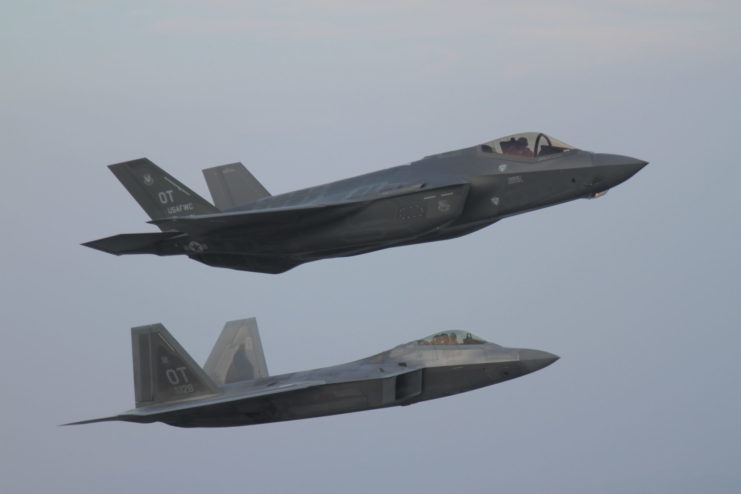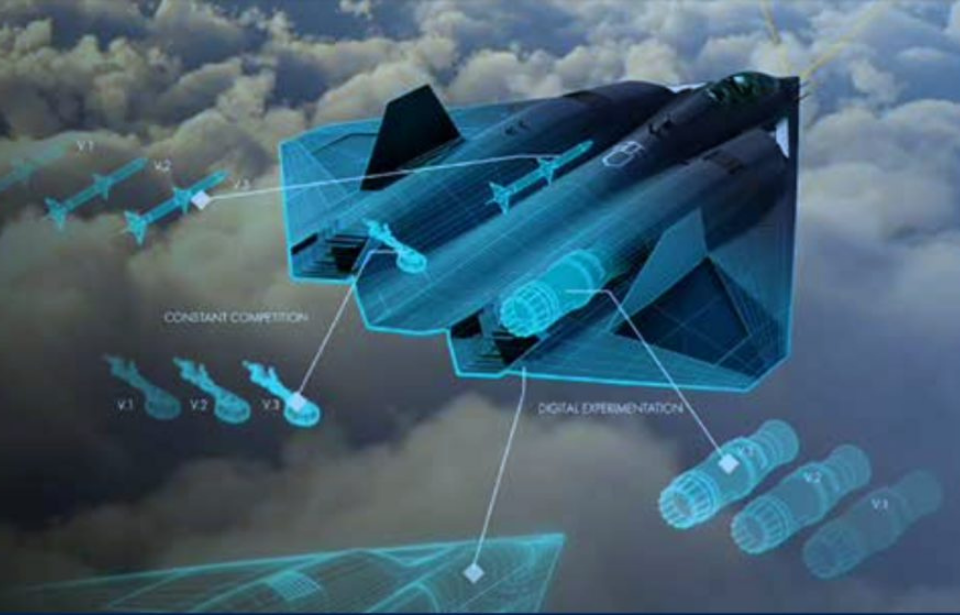According to information from Air Force Chief of Staff General CQ Brown, the successor to the mighty Lockheed Martin F-22 Raptor will have limited air-to-ground capabilities. Before that sends shivers up your spine for sounding a little like the unfathomably expensive multi-role F-35 Lightning II, the new fighter, currently known as the NGAD (Next Generation Air Dominance) fighter, is set to be an air superiority fighter like the F-22.
The U.S. Air Force surprised the defense industry in the fall of 2020 when it announced it had already designed, built, and flown a prototype of its future fighter. This came as a shock because it is the first flight of an experimental fighter aircraft in 20 years, and its development has moved at a pace never before seen with modern-day fighters.

“We’ve already built and flown a full-scale flight demonstrator in the real world, and we broke records in doing it,” said Will Roper, who was the Assistant Secretary of the Air Force for Acquisition, Technology and Logistics at the time. “We are ready to go and build the next-generation aircraft in a way that has never happened before.”
No more information was revealed about the systems at the time, but Roper believes one of the most important things about the program is how fast it is moving.
“We’re going after the most complicated systems that have ever been built, and checked all the boxes with this digital technology. In fact, [we’ve] not just checked the boxes, [we’ve] demonstrated something that’s truly magical,” he said.
The NGAD program is developing this new manned fighter, but it will also likely produce a series of unmanned aerial vehicles. This group of NGAD drones will support the fighter on its missions and function as a “family of systems,” carrying extra ordnance and providing increased battlefield intelligence.
Like the F-22, the NGAD fighter’s primary mission is to dominate the skies and establish air superiority for the U.S. and its allies in combat. Although not many details are known about this top-secret aircraft, the Air Force Chief of Staff recently revealed that the new fighter will be capable of limited engagements with ground targets. Whether this engagement will be against mission-related targets like bunkers and vehicles or just against units that are a threat to the aircraft is unknown, but it will likely be the latter.
This multi-role aspect of the NGAD sounds familiar to the F-35, which is the most expensive weapons system in history, partly because the airframe had to fulfill so many tasks. But the NGAD is primarily an air superiority fighter like the F-22, which was designed as an air superiority fighter but also has the ability to attack ground targets if necessary.
More from us: The First Two B-21 Bombers Are Nearing Completion – But the Air Force Wants More
Retired General James M. Holmes provided more information about potential variants of the NGAD system. He said the Air Force may operate two versions of NGAD, one optimized for the vast distances required to travel in the Indo-Pacific region, and another specialized for operating in Europe.
It is unknown whether the aircraft will be optionally manned, unmanned, hypersonic or if it uses stealth technology. The NGAD system will replace the F-22 in the 2030s.
